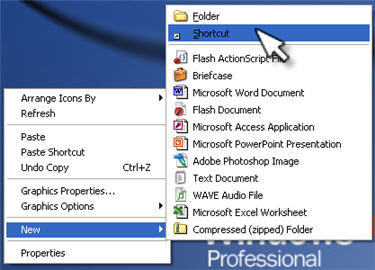
When you attempt to uninstall an application that you no longer want, traces of the application remain behind, such as shortcut icons, registry entries and program folders. Continue reading for a tutorial on how to best remedy a broken shortcut on your system. Whatever the cause of your problem, fixing them is a priority. Windows updates are another component capable of breaking shortcuts, something that is all too common. A considerable amount of conflicts within your systems registry is also capable of causing a shortcut to malfunction. This may be the result of an application file or folder being moved or deleted. Despite their non-functioning nature, broken shortcuts still consume system memory, in addition to that odd situation where the broken shortcut prohibits you from deleting and/or moving it.Ī broken shortcut is typically the result of a shortcut no longer pointing to the correct folder or application file.

As an alternative, you could manually go to the directory of that specific folder or application to access it, but eventually you going to want to repair the shortcut. The purpose of a shortcut is to simplify your Windows experience and a broken shortcut only adds to create complications. If you’re on this page, then it’s something that you’re currently faced with, you probably discovered it when you were trying to open a folder or an application through a shortcut that you frequently use a very annoying and forgettable issue for all Windows users. If you’re having trouble with broken shortcuts, then you’ve come to the right post, where I will teach you how to locate and repair them.īroken shortcuts are a fairly common occurrence. This especially reigns true when it comes to conserving system memory, as traces of an application can be left behind after being uninstalled, making it your prerogative to find and remove those files that are no longer of use to you. Shortcuts to programs and folders, should be regularly checked to ensure they work and also for optimisation purposes. The purpose of these shortcuts is to enhance your overall experience of using the computer, by making those applications and files you use most frequently, far more accessible. Program shortcuts appear in your start menu and on your desktop and are usually accompanied by small graphical icons. Though you may be oblivious to it, shortcuts have established themselves as an essential aspect of our computer experience.


 0 kommentar(er)
0 kommentar(er)
